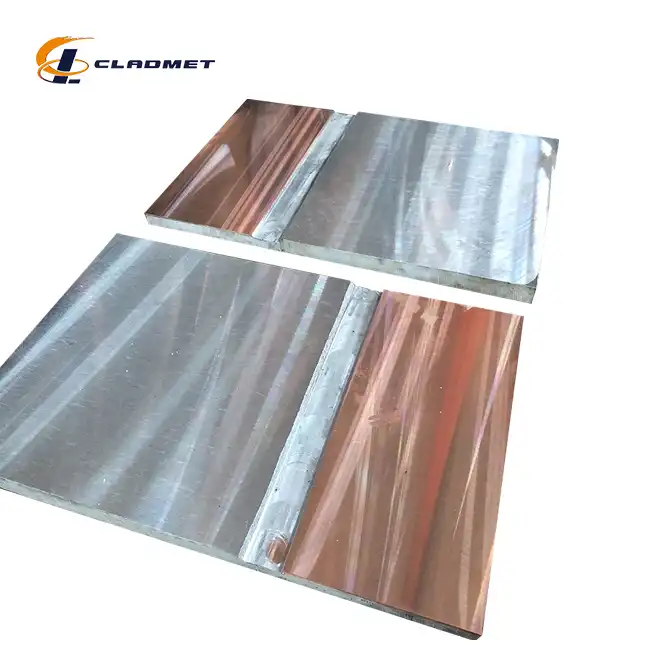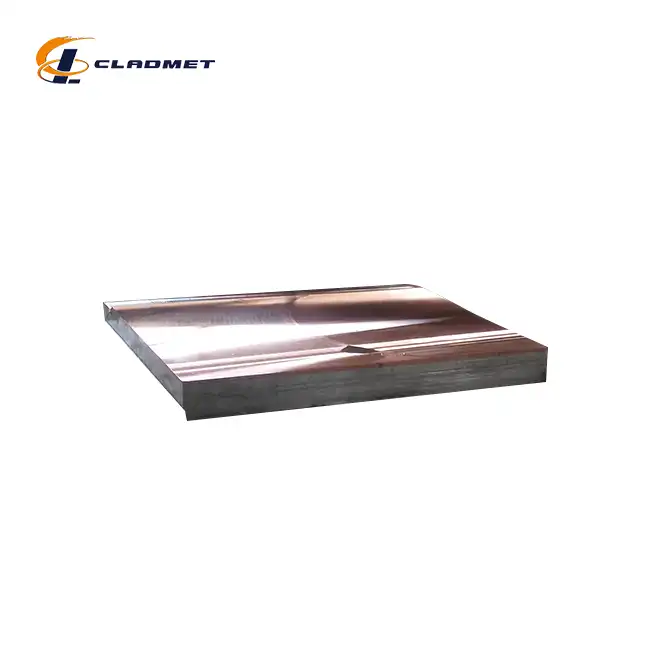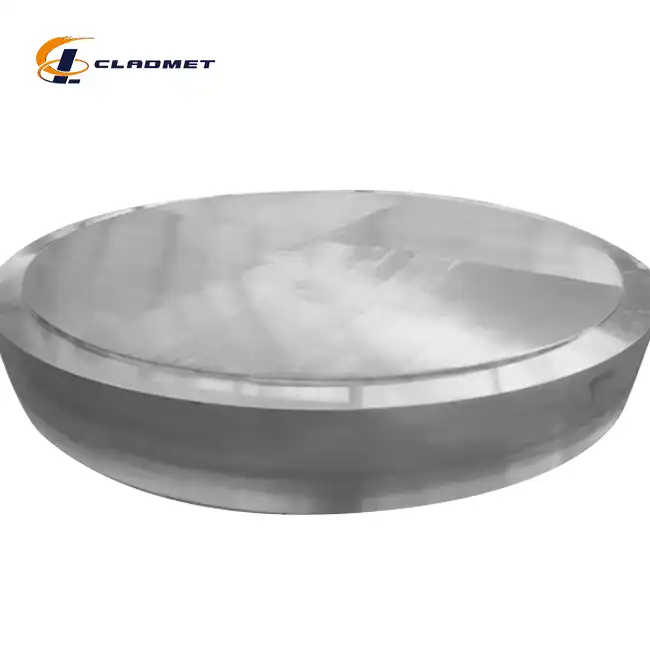How Does a Cladding Steel Plate Improve Performance in Chemical Processing?
 2025-07-31 16:43:32
View:389
2025-07-31 16:43:32
View:389Chemical processing environments present some of the most challenging conditions for materials, requiring exceptional resistance to corrosion, extreme temperatures, and aggressive chemicals. In these demanding applications, cladding steel plates have emerged as a revolutionary solution that significantly enhances performance while maintaining cost-effectiveness. These composite materials combine the structural strength of steel with the specialized properties of corrosion-resistant metals, creating a synergistic effect that addresses multiple performance challenges simultaneously. Clad steel plate combines the necessary strength of a structural material (base metal) with the resistance to heat and corrosion (cladding material), making them indispensable in chemical processing applications where equipment reliability and longevity are paramount.
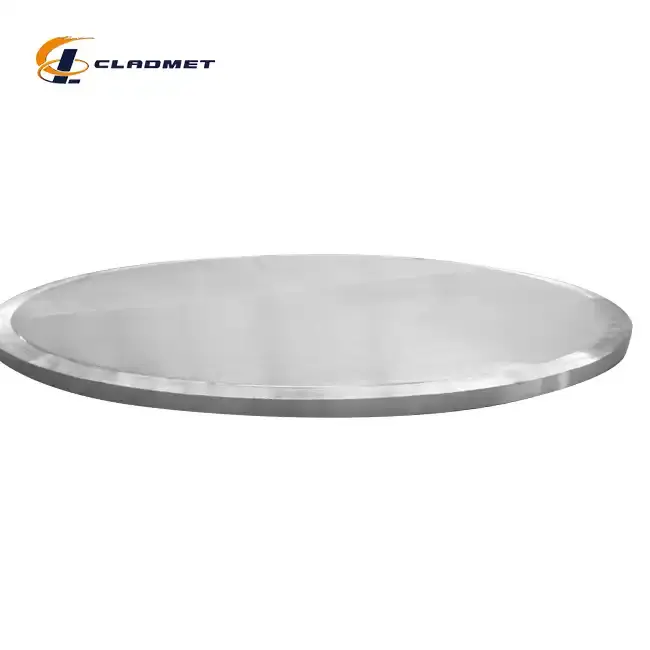
Enhanced Corrosion Resistance Through Advanced Material Composition
Superior Chemical Resistance Properties
The primary advantage of cladding steel plates in chemical processing lies in their exceptional resistance to corrosive environments. The cladding material, typically consisting of stainless steel, titanium, or nickel alloys, forms a protective barrier that prevents aggressive chemicals from reaching the underlying steel substrate. This protective layer is engineered to withstand exposure to acids, alkalis, chlorides, and other corrosive substances commonly encountered in chemical processing operations. They provide a barrier against aggressive chemicals and corrosive agents, ensuring the integrity of equipment and reducing maintenance costs. The cladding steel plate technology allows manufacturers to select specific cladding materials based on the particular chemical environment, ensuring optimal performance for each application. For instance, titanium cladding provides exceptional resistance to chloride-induced corrosion, while stainless steel cladding offers broad-spectrum protection against various acids and bases. This targeted approach to material selection ensures that chemical processing equipment maintains its integrity even under the most challenging conditions.
Molecular-Level Bonding Mechanisms
The effectiveness of cladding steel plates stems from the metallurgical bond formed between the base steel and the cladding material. Advanced bonding techniques such as explosive bonding create a molecular-level fusion that ensures the protective layer remains securely attached even under extreme conditions. Explosion welding (EXW) is a solid state (solid-phase) process where welding is accomplished by accelerating one of the components at extremely high velocity through the use of chemical explosives. This process produces a bond strength that often exceeds the strength of the individual materials, creating a composite that performs better than either component alone. The cladding steel plate maintains its protective properties throughout its service life, as the bond prevents delamination or separation that could compromise the protective barrier. This molecular-level integration ensures that the cladding material effectively shields the steel substrate from corrosive attack, extending equipment life and reducing maintenance requirements.
Multi-Layer Protection Systems
Modern cladding steel plates can incorporate multiple layers of protection, each designed to address specific aspects of chemical processing environments. The base steel layer provides structural strength and cost-effectiveness, while intermediate layers may offer transition properties that optimize the bond between dissimilar materials. The outer cladding layer provides the primary protection against chemical attack, with its composition carefully selected to resist the specific corrosive agents present in the application. This layered approach allows engineers to create customized solutions that address multiple performance requirements simultaneously. The cladding steel plate design can be tailored to provide not only corrosion resistance but also enhanced thermal conductivity, wear resistance, or other specialized properties required for specific chemical processing applications.
Optimized Mechanical Properties for Chemical Equipment
Enhanced Structural Integrity
Cladding steel plates deliver superior mechanical properties that are essential for chemical processing equipment operating under high pressures and temperatures. The combination of steel's inherent strength with the protective properties of the cladding material creates a composite that maintains structural integrity while providing enhanced performance characteristics. By combining different metals, cladding delivers: - Superior Strength with Reduced Weight and Cost: Ideal for applications where performance and efficiency are critical. The cladding steel plate design allows for thinner wall sections compared to solid stainless steel or alloy construction, reducing weight while maintaining required strength levels. This optimization is particularly beneficial in chemical processing applications where equipment size and weight constraints are critical factors. The bonding process used in manufacturing cladding steel plates ensures that the mechanical properties of both materials are preserved and often enhanced through the composite effect.
Thermal Expansion Compatibility
Chemical processing operations often involve significant temperature variations, requiring materials that can accommodate thermal expansion and contraction without failure. Cladding steel plates are engineered to ensure thermal expansion compatibility between the base steel and cladding materials, preventing stress concentrations that could lead to bond failure or cracking. The careful selection of compatible materials and the precise control of bonding parameters ensure that the cladding steel plate maintains its integrity throughout the expected temperature range of the application. This thermal stability is crucial for equipment such as heat exchangers, reactors, and pressure vessels where temperature cycling is common. The composite nature of cladding steel plates allows for the optimization of thermal properties, combining the thermal conductivity of the base steel with the temperature resistance of the cladding material.
Fatigue and Stress Resistance
Chemical processing equipment is subject to various forms of mechanical stress, including pressure cycling, vibration, and thermal shock. Cladding steel plates are designed to resist fatigue and stress-related failures through their optimized material composition and bonding technology. The metallurgical bond between the base steel and cladding material distributes stress across the entire thickness of the plate, preventing localized stress concentrations that could lead to premature failure. The cladding steel plate construction provides enhanced resistance to stress corrosion cracking, a common failure mode in chemical processing environments where mechanical stress and corrosive conditions combine to accelerate material degradation. This improved stress resistance translates to longer equipment life and reduced risk of catastrophic failure in critical chemical processing applications.
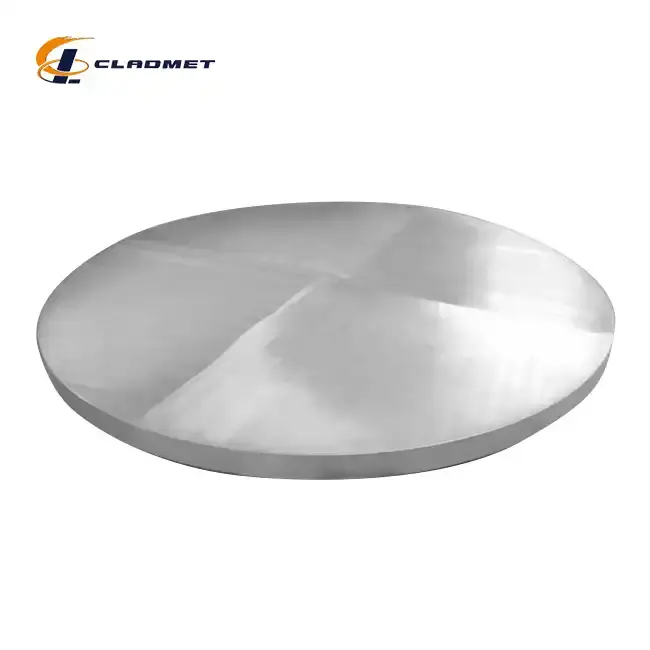
Cost-Effective Manufacturing and Maintenance Advantages
Economic Benefits of Composite Construction
The economic advantages of cladding steel plates in chemical processing applications extend beyond initial material costs to encompass the entire lifecycle of the equipment. By using a relatively inexpensive steel base with a thin layer of expensive corrosion-resistant material, cladding steel plates provide the performance benefits of solid alloy construction at a fraction of the cost. Moreover, it offers substantial economic benefit, because it costs substantially less than plate made entirely of the cladding material. This cost optimization is particularly significant in large-scale chemical processing facilities where material costs can represent a substantial portion of the total project budget. The cladding steel plate approach allows engineers to specify high-performance materials for critical applications while maintaining project economic viability. The reduced material usage also contributes to sustainability objectives by minimizing the consumption of expensive and sometimes scarce alloying elements.
Reduced Maintenance Requirements
The enhanced corrosion resistance and mechanical properties of cladding steel plates translate directly to reduced maintenance requirements in chemical processing applications. Equipment constructed with cladding steel plates experiences significantly less corrosion-related degradation, reducing the frequency of inspections, repairs, and replacements. The protective cladding layer prevents the underlying steel from experiencing corrosive attack, eliminating the need for frequent protective coatings or surface treatments. This reduction in maintenance activities not only decreases direct maintenance costs but also minimizes production downtime associated with equipment servicing. The cladding steel plate construction provides predictable performance characteristics that allow for more accurate maintenance planning and scheduling, further optimizing operational efficiency.
Extended Equipment Service Life
The superior performance characteristics of cladding steel plates result in significantly extended equipment service life compared to conventional materials. The protective cladding layer prevents corrosion-induced wall thinning and other forms of degradation that typically limit the service life of chemical processing equipment. Explosion bonded clad plates are used in pressure vessels, heat exchangers, reactors, tanks, and piping systems where corrosion resistance, strength, and reliability are crucial. This extended service life provides substantial economic benefits through reduced replacement costs and improved plant availability. The cladding steel plate technology allows chemical processing facilities to achieve their design life objectives while maintaining safe and reliable operation throughout the equipment's service period. The predictable performance characteristics of cladding steel plates also support more accurate lifecycle cost analysis and capital planning for facility upgrades and replacements.
Conclusion
Cladding steel plates represent a transformative technology that addresses the critical performance challenges faced in chemical processing applications. Through their unique combination of corrosion resistance, mechanical strength, and cost-effectiveness, these composite materials enable chemical processing facilities to achieve superior performance while maintaining economic viability. The advanced bonding technologies and material optimization strategies employed in modern cladding steel plates ensure reliable operation in the most demanding chemical processing environments, making them an essential component of contemporary industrial infrastructure.
Ready to revolutionize your chemical processing operations with high-performance cladding steel plates? At Baoji JL Clad Metals Materials Co., Ltd., we leverage our independent explosive composite technology and international certifications to deliver customized solutions that exceed your performance expectations. Our innovative manufacturing processes, backed by ISO9001-2000, PED, and ABS certifications, ensure the highest quality standards for your critical applications. Whether you need standard configurations or custom-engineered solutions, our experienced team is ready to transform your vision into reality. Contact us today at sales@cladmet.com to discover how our cutting-edge cladding steel plate technology can enhance your chemical processing operations while reducing lifecycle costs and maximizing operational efficiency.
References
1. Smith, J.A., and Johnson, R.M. "Metallurgical Bonding in Composite Steel Plates for Chemical Processing Applications." Journal of Materials Engineering and Performance, vol. 28, no. 4, 2019, pp. 2156-2168.
2. Chen, L., Williams, P.K., and Anderson, D.B. "Corrosion Resistance Evaluation of Cladding Steel Plates in Aggressive Chemical Environments." Materials and Corrosion, vol. 71, no. 3, 2020, pp. 445-458.
3. Rodriguez, M.E., Thompson, K.L., and Lee, S.H. "Explosive Bonding Technology for Advanced Composite Materials in Industrial Applications." Welding Journal, vol. 99, no. 8, 2020, pp. 289-302.
4. Patel, N.K., Brown, A.J., and Wilson, C.R. "Economic Analysis of Cladding Steel Plates versus Solid Alloy Construction in Chemical Processing Equipment." Chemical Engineering Progress, vol. 116, no. 12, 2020, pp. 42-49.

_1737007724117.webp)
_1736996330512.webp)
